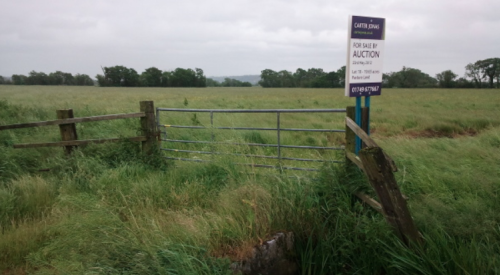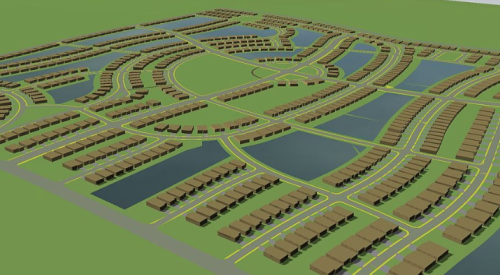| Patrick O'Toole
|
It is a case likely to be heralded far and wide of environmental activism gone badly awry. For seven years builders and developers operating in a huge, five-county swath of Southern California have submitted to costly mitigation efforts to help save a federally listed bird species. Now comes word that the protected species, the California Gnatcatcher, may never have existed at all.
Scientists researching the DNA of coastal birds in San Diego and Orange counties have recently discovered that a subspecies thought to be indigenous to the area is actually one in the same with millions of other more ordinary gnatcatchers found throughout the west.
| The U.S. Fish and Wildlife Service posted this photo of a bird on its website to graphically represent one of its protected species, the California Gnatcatcher. Scientists now believe there is no genetic difference between it and millions of other ordinary Gantcathers.
|
In listing the bird, the U.S. Fish and Wildlife Service has a pending designation of about 800,000 acres of public and private land as a "critical habitat" for the bird, which was said to live in a type of sage brush. So as word spread about the new research, which was published in the October issue of the Journal of Conservatory Biology, dozens of builders, developers and industry associations have called upon Interior Secretary Bruce Babbitt to halt its protections for the bird. In addition, San Diego BIA President Colin Seid is calling for financial remuneration from the federal government.
"This means that the haphazard listing of this bird by the U.S. Fish & Wildlife Service was based on fundamentally flawed information," said Seid. "That irresponsible action has cost landowners an obscene amount of money and time, which translates to higher housing costs for San Diego residents."
No estimate was put forth by Seid as to the costs already absorbed by the building industry and ultimately passed on to homeowners, but one environmental group, the Coalition for Habitat Conservation estimated a total cost to the California economy of $5.5 billion if spread over two decades. Parts of Los Angeles, San Bernardino and Riverside counties also fall within in the protected area.
In recent years, builders around the state have blamed a large part of California's lack of affordable housing on a raft of state, local and federal regulations that drive development costs up. Last year, the San Diego BIA commissioned a study by a noted Northwestern University urbanologist to attempt to quantify the effect of these costs on a typical new home in the town of Carlsbad, a coastal community just north of San Diego. It found that based on an average selling price of $371,000, about $96,000 was directly attributable to the costs of regulations, building fees and impact fees.
Seid hopes this Gnatcatcher case will help launch critical rethinking of the way habitat designations are made. He points to a recent General Accounting office report that found that the Carlsbad branch of the U.S. Fish and Wildlife Service "loses files and fails to document 75 percent of its cases properly," the report said.
"This is very serious," said Seid. "If the agency allowed this costly mistake to occur, it makes one ask what other arbitrary decisions are being made. Land owners and home buyers who will continue to pay for this mistake over the life of their 30-year mortgages deserve some answers."
The U.S. Fish and Wildlife Service posted this photo of a bird on its website to graphically represent one of its protected species, the California Gnatcatcher. Scientists now believe there is no genetic difference between it and millions of other ordinary Gantcathers.












